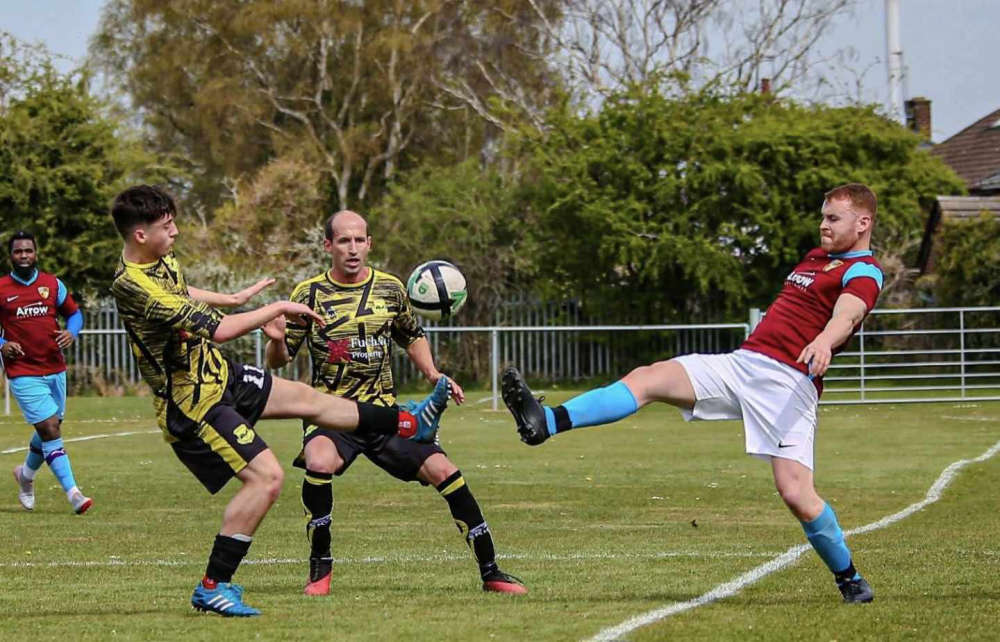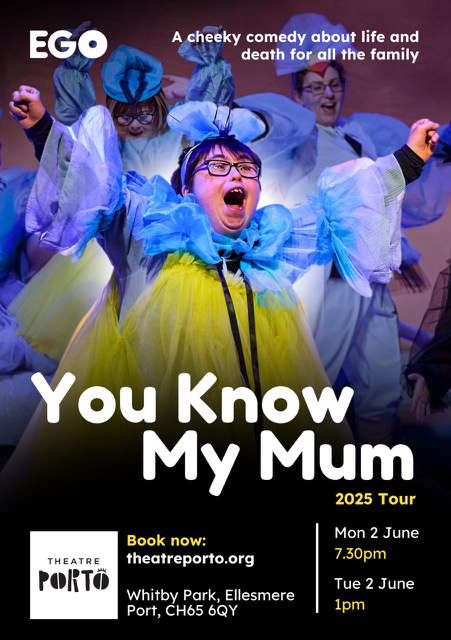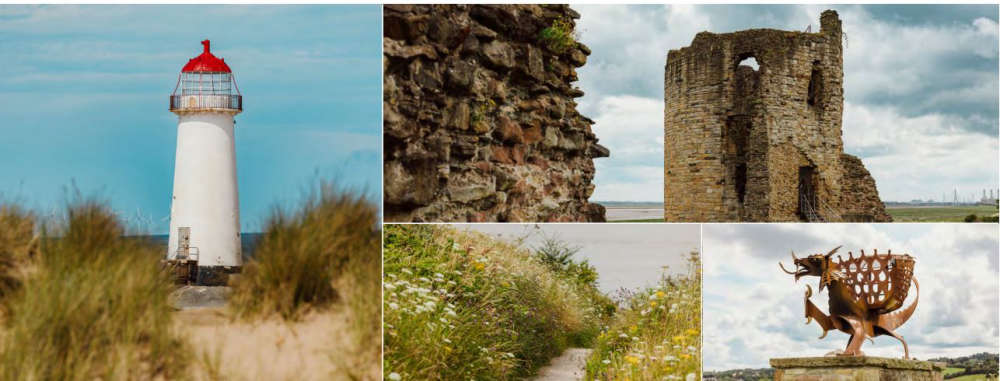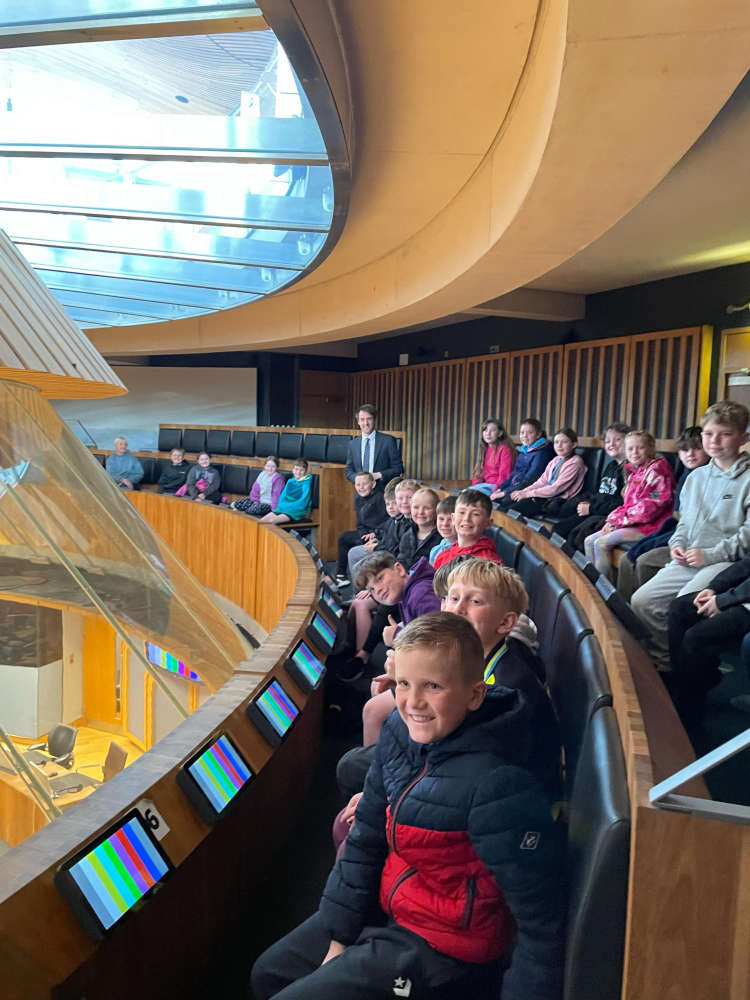A recent health check has confirmed that pioneering surgery to cure a sloth’s toothache has been successful.
Amazing images captured at Chester Zoo show the moment two-toed sloth Rico willingly clambered in front of an X-ray machine for a once-over.
Keepers at the zoo were the first to spot that 25-year-old sloth had swellings on the side of his face.
A series of health check-ups, including a CT scan, carried out by the zoo’s team of vets, revealed that Rico had two root abscesses.
Sloths can develop abscesses in the wild, but unlike his cousins in the rainforest, Rico was lucky to have help on hand, and experts from Newcastle University were called in to perform an endodontic procedure.
The three-hour long surgery was conducted inside the zoo’s on-site animal care centre where the specialist team removed infected tissue surrounding two of the sloth’s teeth – large triangular molars with a crooked tips which are specially evolved for the sloth’s diet of tough leaves and vegetables.
They managed to save the tooth and stop any infection spreading. Dental issues have been known to recur, so Rico has been regularly monitored since the surgery.
Charlotte Bentley, Veterinary Resident at the zoo, said:
“Sloths have very different teeth to humans, which makes dentistry challenging. The large sharp teeth that were affected in Rico were caniniform teeth which are highly specialised molars.
"Like so many things with sloths, the exact purpose of these specialised sharp teeth is not fully understood. However, they are thought to serve an important role in biting and shearing their food, so we were eager to try to avoid any extractions during the initial operation. Whilst we couldn’t save both teeth, the great news is that since his procedure, the abscesses have not come back, and his latest x-ray shows his filling is still in place. It’s safe to say that the treatment worked at treating his toothache.”
Unlike a typical root canal, the dental experts went in through the bottom of Rico’s tooth, through the side of his mandible.
Dave Edwards, Clinical Fellow at Newcastle University’s School of Dental Sciences, who also works at Newcastle Hospitals' Dental Hospital, said:
“A three-dimensional scan showed that routine root canal treatment would not be possible, therefore we undertook surgery to debride the abscess and complete an ‘apicectomy’. This involved removing the end of the tooth root and sealing it with a special cement.
“Both abscesses cleared up within a week, and it's great that Rico remains free of any issues. It was very challenging working on a sloth due to their unique anatomy, but also a very rewarding experience!”
Persuading a sloth to position himself for an X-ray is a process in itself. The team tries to use gentle training techniques where possible, so animals don't have to undergo repeat anaesthetics for routine procedures.
Rico has been trained to climb down towards his keepers when they call his name in a low voice. Brittany Williams, a Keeper on the Twilight Team at Chester Zoo, has patiently worked with him over several years to acclimatise him to being checked for lumps and bumps and to keep his mouth open so his teeth can be inspected.
Brittany Williams said:
“He goes at his own pace, when Rico spent a few minutes yawning and blinking before heading to his health check. But I don’t mind working at sloth speed.”
As part of the recall training, Rico has learned that if he touches his nose to the end of a target stick, he receives a reward. Brittany moves the target stick away and he follows, hoping for another snack. This way, she can persuade him to move from branch to branch without touching him. This gentle method allows Rico to move into the right place for health checks and procedures like the recent X-ray. His keepers have rigged up a branch that he can hold onto when he’s being weighed, too, which makes his twice-monthly weigh-ins much easier.
Brittany said:
“We are really lucky with Rico. I started working with him two or three years ago to get him used to conscious claw-checking, as they grow continuously and need trimming every few months. Rico is very food motivated, so once I found out his favourite snacks, cooked parsnips and corn kernels, it was just a case of being consistent and having lots of patience.
“As soon as he learns a behaviour, that’s it. It’s like riding a bike. He won’t forget it. He’s come down every day for a year when we’ve called for him, and he generally responds on the first attempt from anywhere in his habitat. He’s still learning to keep his mouth open for a little longer for dental checks, but he’s getting there.”
Fiona Beddis, dentist and Associate Clinical Lecturer at the Newcastle University Department of Restorative Dentistry, said it was a once-in-a-lifetime opportunity to treat Rico.
She said:
“It’s a great privilege to treat such a rare and beautiful animal. I felt great empathy with Rico as I underwent the same procedure on my front tooth when I was 16 years old and this in fact inspired me to become a dentist. Rico experienced much less post-operative swelling than I did!
“Having never carried out this procedure on a sloth, it really was a step into the unknown, so we are all delighted with the successful outcome."
Two-toed sloths are found across South America where they face a wide variety of threats such as habitat loss, logging and hunting for the illegal wildlife trade. At Chester Zoo, the species is part of an important conservation breeding programme that is working to safeguard the species in conservation zoos across Europe. Rico lives with Tina, a female two-toed sloth, in a habitat within the zoo's jaguar house.
Pictured - A rare two-toed sloth, called Rico, has undergone pioneering dental surgery at Chester Zoo to cure his toothache.


 Blues Match Report: Southport 0 - 1 Chester FC
Blues Match Report: Southport 0 - 1 Chester FC
 Sam Rowlands MS is urging people to have their say on merging four schools in North-East Wales
Sam Rowlands MS is urging people to have their say on merging four schools in North-East Wales
 Drug dealer jailed after eagle-eyed officer spots him speeding in a car full of class A drugs
Drug dealer jailed after eagle-eyed officer spots him speeding in a car full of class A drugs
 Enjoying the Countryside in Flintshire
Enjoying the Countryside in Flintshire
 Member of the Welsh Parliament urges dog owners to keep their pets on a lead when in the countryside
Member of the Welsh Parliament urges dog owners to keep their pets on a lead when in the countryside
 Chester and Wirral Football League - Latest Results
Chester and Wirral Football League - Latest Results
 Heartfelt and Hilarious New Show by Disabled Artists Comes to Ellesmere Port
Heartfelt and Hilarious New Show by Disabled Artists Comes to Ellesmere Port
 Fly High Media Shortlisted for Prolific North Champions Awards 2025
Fly High Media Shortlisted for Prolific North Champions Awards 2025
 Council launches ambitious plan for Flintshire Coast Park
Council launches ambitious plan for Flintshire Coast Park
 Cosmic Threads: 80 Years of Discovery
Cosmic Threads: 80 Years of Discovery
 Sam Rowlands MS visits new housing development in North Wales
Sam Rowlands MS visits new housing development in North Wales
 TOP ORCHESTRA SET TO STAGE CELEBRATION OF BALLET AND DANCE MUSIC AT CHESTER CATHEDRAL
TOP ORCHESTRA SET TO STAGE CELEBRATION OF BALLET AND DANCE MUSIC AT CHESTER CATHEDRAL
 Blues Match Report: MSB Woolton 4 - 7 Chester FC Women
Blues Match Report: MSB Woolton 4 - 7 Chester FC Women
 Flintshire Council launches public consultation on Additional HMO Licensing
Flintshire Council launches public consultation on Additional HMO Licensing
 Sam Rowlands MS welcomes children from schools in North Wales to the Welsh Parliament
Sam Rowlands MS welcomes children from schools in North Wales to the Welsh Parliament
 Blues Match Report: Chester FC 2 - 1 Darlington
Blues Match Report: Chester FC 2 - 1 Darlington
 Blues Match Preview: Chester FC v Darlington
Blues Match Preview: Chester FC v Darlington
 Men jailed following dangerous pursuit across Cheshire
Men jailed following dangerous pursuit across Cheshire
 More than 60 premises targeted across Cheshire as part of NCA-coordinated crackdown
More than 60 premises targeted across Cheshire as part of NCA-coordinated crackdown
 New unit set to transform urgent mental health care experience
New unit set to transform urgent mental health care experience
Comments
Add a comment